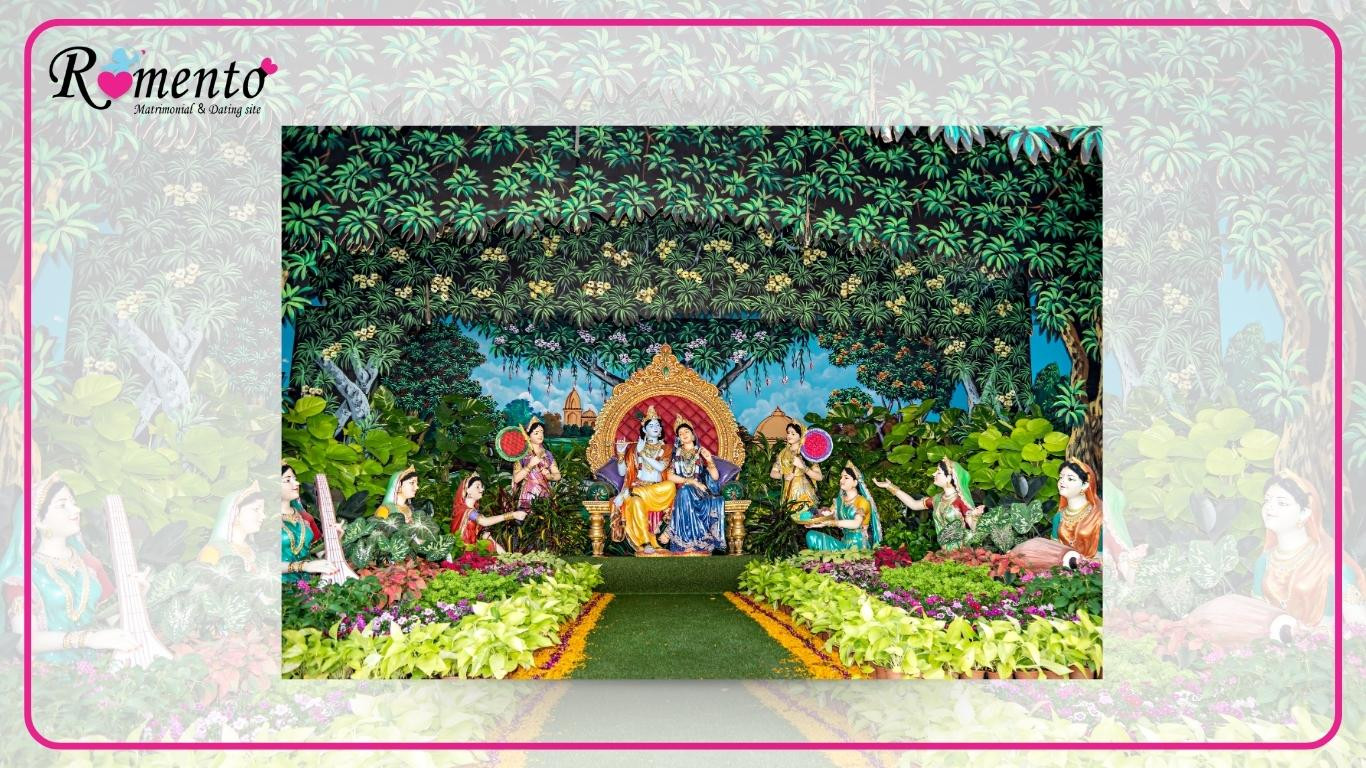
The Timeless Tale of Radha and Krishna's Eternal Bond
The Hindu holiday of Janmashtami, which honours the birth of Lord Krishna, is examined in depth in this article. We hope to give you a thorough understanding of this cherished holiday as we set out on our exploration of Janmashtami's rich cultural heritage and profound spiritual significance.
Janmashtami:
A Divine Prelude
Janmashtami, also
known as Krishna Janmashtami is a festival that reveres the divine incarnation
of Lord Krishna, the eighth avatar of Lord Vishnu. It falls on the eighth day
(Ashtami) of the Krishna Paksha (dark fortnight) in the month of Bhadrapada (August-September)
in the Hindu calendar. This festival holds immense cultural and religious
importance for millions of devotees worldwide.
The
Birth of Krishna
In the city of
Mathura, believers commemorate the birth of Lord Krishna on this holy day.
Vasudeva and Devaki, who were held captive by the tyrannical King Kansa, gave
birth to Krishna. God intervened to put an end to Kansa's rule and restore
dharma (righteousness) when he gave birth to him in a jail cell amid violent
thunderstorms and flashing lightning.
Traditions
and Rituals
The Hindu holiday
of Janmashtami is widely observed in India and other areas of the world. Many
rituals and traditions are practised by devotees as a way of showing their
utmost respect for Lord Krishna.
● Fasting and Devotional
Songs
One of the most
common traditions observed during Janmashtami is fasting until midnight, the
time of Lord Krishna's birth. Devotees sing bhajans (devotional songs) and
recite verses from the Bhagavad Gita, a sacred text that imparts spiritual
wisdom. The atmosphere reverberates with melodious tunes that capture the
essence of devotion.
● Dahi Handi: The Pot of
Curd
A popular custom
in Maharashtra, the state where Lord Krishna spent his early years, is the Dahi
Handi festival. Young men form human pyramids to reach and break the Dahi Handi
(pot of curd), which is suspended at a height. This reenacts Lord Krishna's mischievous
endeavors to steal butter during his childhood.
● Visits to Temples and
Offerings
People flock to
Lord Krishna temples where they adorn the god with exquisite clothing and
jewellery. With great reverence, people make offerings of sweets, fruits, and
fresh flowers as a representation of their adoration and devotion for the Lord.
The
Bond of Eternity between Radha and Krishna
The celebration of
Lord Krishna and Radha's heavenly love is a key component of Janmashtami. Their
love tale, which is frequently depicted in poetry, song, and visual arts, is
the definition of heavenly and unrestricted love.
● Radha-Krishna: A Divine
Union
Lord Krishna's
bond with Radha, his beloved, is considered the highest form of love. Radha's
selfless devotion to Krishna and their eternal love story inspire devotees to
seek a deeper connection with the divine.
● The Dance of Raas-Leela
The Raas-Leela, a
dance performed by Lord Krishna and the gopis (cowherd girls) in the moonlit
nights of Vrindavan, symbolizes the soul's yearning to unite with the divine.
It is a celestial dance that transcends the earthly realm.
Conclusion
In conclusion,
Janmashtami is more than just a holiday; it is a spiritual journey that enables
followers of Lord Krishna to experience his heavenly love and learn from him.
We are reminded of the enduring connection that spans time and location as we
immerse ourselves in the celebrations, rituals, and tales of Radha and Krishna.
Janmashtami presents an opportunity to accept the road of devotion and love,
which will finally bring us closer to the holy, and to pursue inner
illumination.
May this
Janmashtami bring you peace, joy, and spiritual awakening as you celebrate the
eternal bond of Radha and Krishna.
